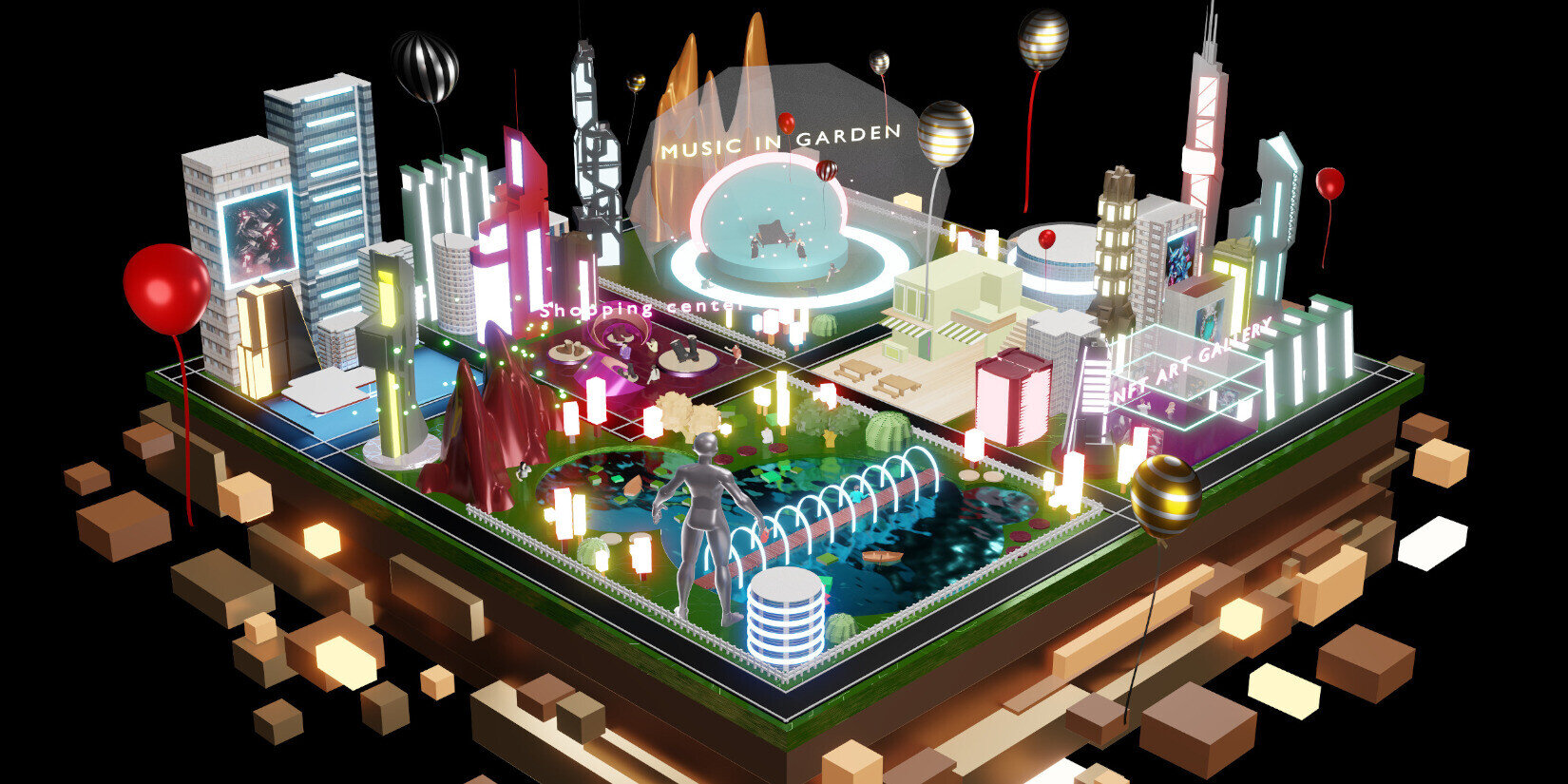Artificial Reality and the Metaverse provides a unique and immersive environment for training and education that allows organizations to leverage the power of game mechanics to create engaging, interactive, and effective learning experiences. In this article, we will explore the 6 key game mechanics used in Metaverse training to help organizations increase employee engagement, retention and performance.
Progression und Leveling Systems
One of the most popular game mechanics used in metaverse trainings is the incorporation of progression and leveling systems. As employees complete tasks, attend virtual training sessions, or demonstrate mastery of specific skills, they can earn experience points (XP) and progress through levels. This sense of progression can motivate learners to continuously improve and reach new milestones, providing a sense of accomplishment and encouraging them to engage more deeply with the training material.
Leaderboards and Social Comparisons
Leaderboards enable learners to see how they rank compared to their peers, fostering a sense of healthy competition and motivation. By displaying rankings based on various criteria, such as completion time, scores, or badges earned, organizations can tap into employees’ natural desire to excel and outperform others. This can lead to increased engagement, faster learning, and better retention of information.
Achievement Systems and Badges
Achievement systems, such as badges or trophies, can be used to recognize and reward learners for their accomplishments. These rewards can be linked to specific learning objectives, tasks, or milestones, providing a clear sense of progress and achievement. By offering these incentives, organizations can motivate learners to complete tasks, engage with training materials, and develop new skills.
Interactive Learning Scenarios and Simulations
Metaverse trainings can incorporate interactive learning scenarios and simulations, allowing learners to practice their skills in a safe and controlled environment. These scenarios can range from simple quizzes and problem-solving exercises to more complex simulations that replicate real-life situations. By offering immediate feedback and opportunities for practice, learners can improve their skills and knowledge more quickly and effectively than through traditional training methods.
Time-limited Challenges and Events
Introducing time-limited challenges and events into metaverse trainings can create a sense of urgency and excitement. These events can be related to specific learning objectives, tasks, or milestones, and require learners to complete them within a set timeframe. By offering exclusive rewards and recognition for participating in these events, organizations can drive engagement and encourage learners to stay active and focused.
Collaborative Learning and Team-based Activities
In the metaverse, learners can collaborate and engage in team-based activities, fostering a sense of camaraderie and collective problem-solving. By incorporating group tasks, team challenges, and collaborative learning opportunities, organizations can encourage employees to work together, share knowledge, and develop stronger interpersonal skills. This can lead to increased engagement, improved communication, and better overall team performance.
Conclusion
By incorporating these game mechanics into metaverse training, organizations can create more engaging, immersive, and effective learning experiences for their employees. As the metaverse continues to evolve, it’s important for organizations to remain adaptable and innovative, harnessing the power of game mechanics to revolutionize the way we learn and develop professionally.
Do you need help implementing training in the Metaverse with Artificial Reality? ZREALITY will be happy to help you. Contact us today.
